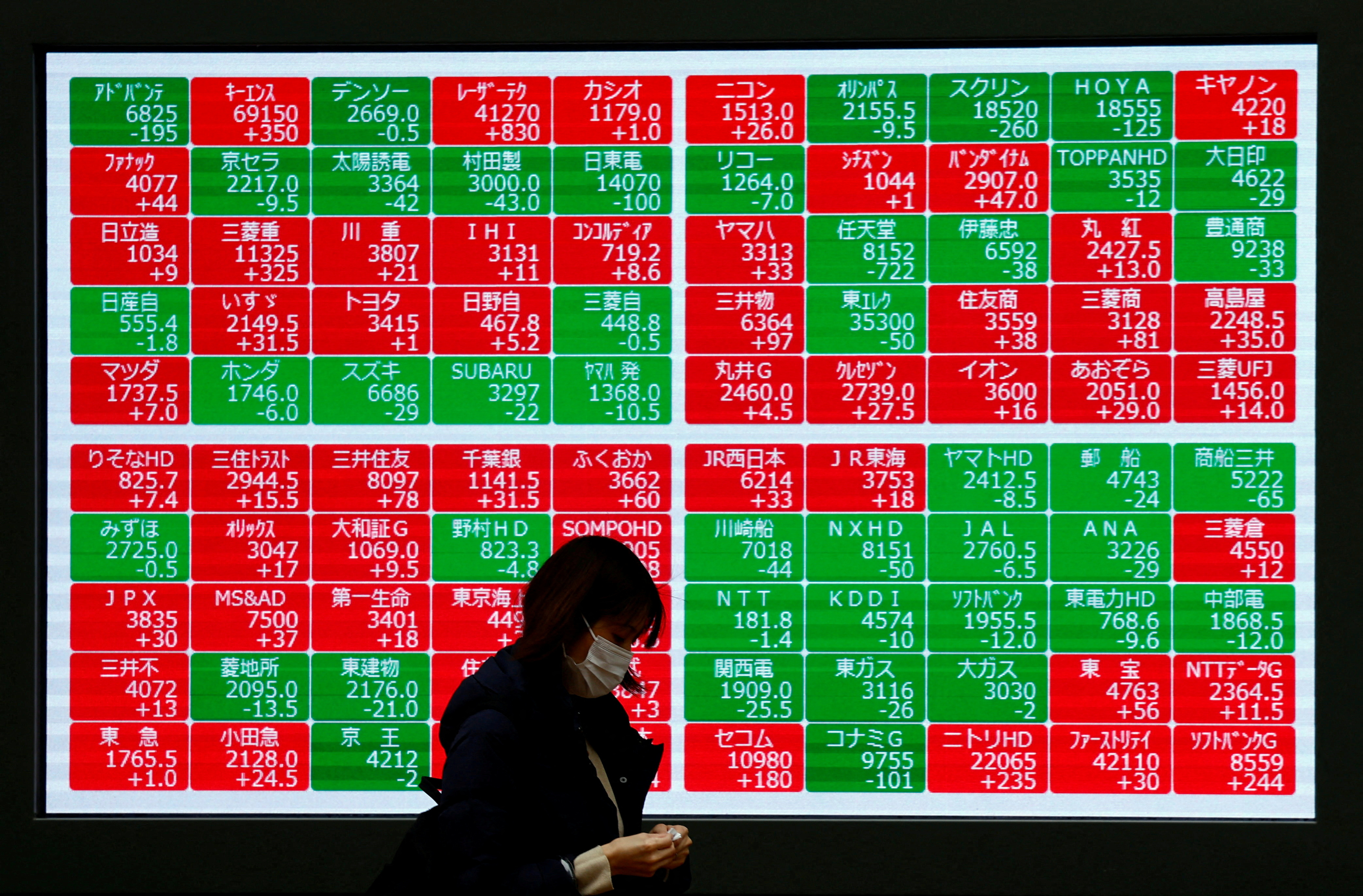
The evolving trade and investment landscape between China and Germany
The evolving trade and investment landscape between China and Germany reflects both enduring cooperation and emerging challenges as intensified industrial competition reshapes key sectors.
China and Germany have long maintained a mutually beneficial trade relationship, with each country holding importance as a trading partner for the other. For nearly five decades, Germany has consistently ranked as China’s top trading partner in Europe, while China has maintained its position as Germany’s primary trading partner for eight consecutive years.
However, this longstanding period of symbiotic economic relations between the two countries is now undergoing a transformation. There is a discernible shift towards intensified industrial competition, particularly in sectors where German manufacturing companies have traditionally held dominance, such as the automotive industry. Moreover, this shift could have significant implications for Europe’s stance on China, given Germany’s central role in the EU-China relationship.
In this article, we discuss the latest data on bilateral trade and investment between China and Germany. Additionally, we provide an overview of the various tax and investment treaties signed by the two countries, offering insights into the legal framework that underpins their economic relationship.
China-Germany diplomatic relations
Find Business Support
Diplomatic ties between the Federal Republic of Germany and the People’s Republic of China were established in 1972. Since then, the relationship between China and Germany has evolved into a complex and dynamic one. Both Germany and the European Union perceive China simultaneously as a partner, a competitor, and – more recently – a systemic rival.
In March 2014, under the leadership of Chinese President Xi Jinping and former German Chancellor Angela Merkel, China and Germany elevated their relationship to a comprehensive strategic partnership. Under former Chancellor Merkel’s leadership, both diplomatic and economic relations between China and Germany flourished. In 2016, China emerged as Germany’s largest single trading partner, overtaking the United States.
Amidst international crises and escalating global challenges such as climate change and the recent COVID-19 pandemic, there is a growing emphasis on the necessity of cooperation and coordination between Germany and China. Germany advocates for meaningful and mutually beneficial relations between the EU and China, as well as enhanced unity within the EU concerning China-related matters. From China’s perspective, Germany is regarded as a crucial partner – both economically and politically within Europe.
Recent developments
Find Business Support
In July 2023, Germany released its first-ever China Strategy. The document indicates a strategic shift towards diminishing economic dependence on China while ensuring stability in the supply chain. The move, amid concerns regarding subsidies for electric vehicles and telecom equipment, has been a nuanced approach to collaboration with China. The emphasis on de-risking rather than decoupling signifies a readiness to engage with China despite existing disparities.
In October 2023, the governments of China and Germany issued a significant 25-point Joint Statement aimed at broadening market access and enhancing cooperation in capital market investments. This agreement was reached in Frankfurt, following the first high-level financial dialogue between the two countries in four years, and effectively superseding the 2019 version. It underscores a renewed commitment to addressing potential barriers to cross-border transactions and collaborating with fellow G20 members on debt relief initiatives for low- and middle-income nations.
Furthermore, the meeting between President Xi and German Chancellor Olaf Scholz in Beijing on April 16, 2024, reaffirmed the enduring strength of the bilateral relationship between China and Germany. President Xi stressed the significance of viewing and developing bilateral relations from a long-term and strategic perspective, emphasizing stability and certainty as essential elements in shaping global dynamics. Chancellor Scholz echoed these sentiments, expressing Germany’s dedication to enhancing bilateral ties and fostering dialogue and cooperation across various sectors, including education and culture.
Both leaders noted the importance of commemorating the 10th anniversary of the all-round strategic partnership between China and Germany, highlighting the consistent growth and deepening cooperation witnessed over the past decade. They emphasized the mutual benefits derived from pragmatic cooperation and stressed the importance of maintaining an objective and dialectical view on issues such as production capacity and economic cooperation.
Additionally, they reached a consensus on various global challenges, including the Ukraine crisis and the Israeli-Gaza conflict, reaffirming their commitment to contributing to world peace, stability, and growth through enhanced bilateral cooperation and multilateral engagement.
Bilateral trade and investment
Find Business Support
China remained Germany’s primary trading partner for goods in 2023, with a trade volume exceeding EUR 250 billion (approx. US$266.68 billion), though this marked a 15.5 percent decrease from the previous year.
According to the Federal Statistical Office (Destatis), in terms of foreign trade volume, the margin between Germany’s trade with China and the United States narrowed in 2023, with China surpassing the US by just EUR 0.7 billion (approx. US$0.74 billion), compared to a difference of EUR 50.1 billion (approx. US$62 billion) in 2022.
At the same time, Germany saw a significant reduction in its trade deficit with China in 2023, marking the first decrease since 2018 and contributing to a substantial increase in its overall surplus, as reported by <
SDGs, Targets, and Indicators
| SDGs | Targets | Indicators |
|---|---|---|
| SDG 8: Decent Work and Economic Growth | Target 8.1: Sustain per capita economic growth in accordance with national circumstances and, in particular, at least 7 percent gross domestic product growth per annum in the least developed countries | Indicator not mentioned or implied in the article |
| SDG 9: Industry, Innovation, and Infrastructure | Target 9.1: Develop quality, reliable, sustainable, and resilient infrastructure, including regional and transborder infrastructure, to support economic development and human well-being, with a focus on affordable and equitable access for all | Indicator not mentioned or implied in the article |
| SDG 17: Partnerships for the Goals | Target 17.16: Enhance the global partnership for sustainable development, complemented by multi-stakeholder partnerships that mobilize and share knowledge, expertise, technology, and financial resources to support the achievement of the sustainable development goals in all countries | Indicator not mentioned or implied in the article |
Analysis:
1. Which SDGs are addressed or connected to the issues highlighted in the article?
The issues highlighted in the article are primarily related to trade and investment between China and Germany. While the article does not explicitly mention the Sustainable Development Goals (SDGs), we can identify two relevant SDGs based on the content:
– SDG 8: Decent Work and Economic Growth
– SDG 9: Industry, Innovation, and Infrastructure
2. What specific targets under those SDGs can be identified based on the article’s content?
Based on the article’s content, we can identify the following targets:
– Target 8.1: Sustain per capita economic growth in accordance with national circumstances and, in particular, at least 7 percent gross domestic product growth per annum in the least developed countries.
– Target 9.1: Develop quality, reliable, sustainable, and resilient infrastructure, including regional and transborder infrastructure, to support economic development and human well-being, with a focus on affordable and equitable access for all.
3. Are there any indicators mentioned or implied in the article that can be used to measure progress towards the identified targets?
Unfortunately, the article does not provide specific indicators that can be used to measure progress towards the identified targets. It primarily focuses on the trade and investment landscape between China and Germany, without providing quantitative data or specific indicators related to economic growth or infrastructure development.
Copyright: Dive into this article, curated with care by SDG Investors Inc. Our advanced AI technology searches through vast amounts of data to spotlight how we are all moving forward with the Sustainable Development Goals. While we own the rights to this content, we invite you to share it to help spread knowledge and spark action on the SDGs.
Fuente: china-briefing.com

Join us, as fellow seekers of change, on a transformative journey at https://sdgtalks.ai/welcome, where you can become a member and actively contribute to shaping a brighter future.






